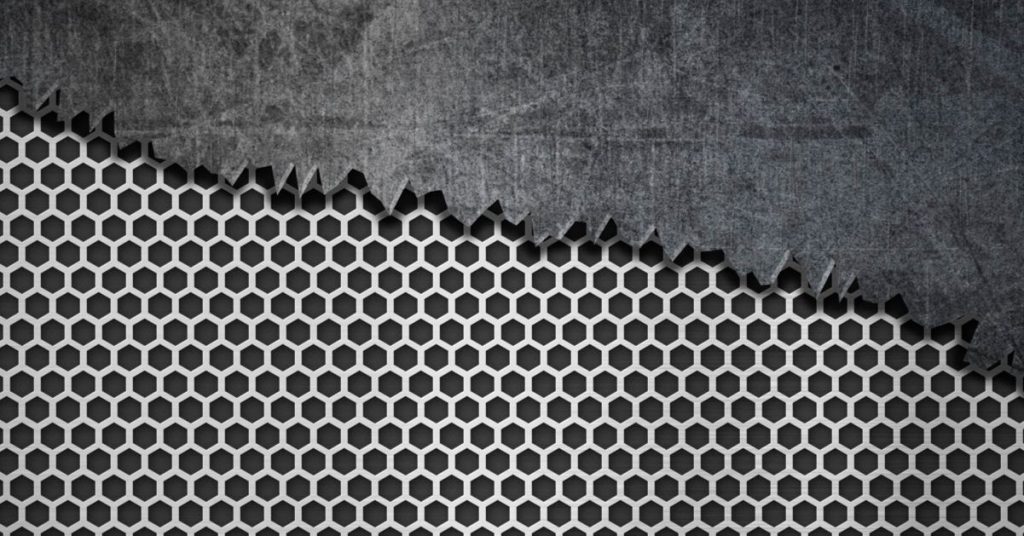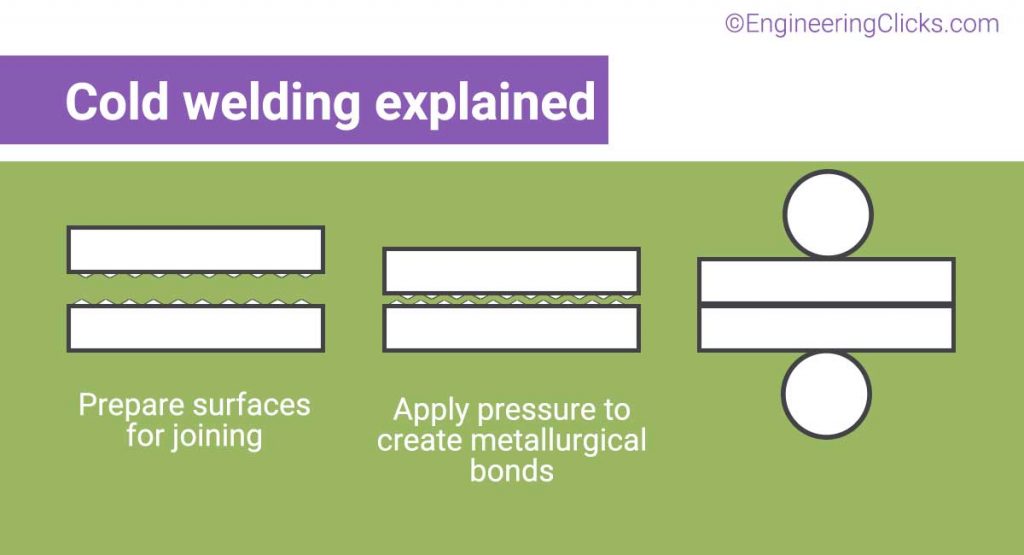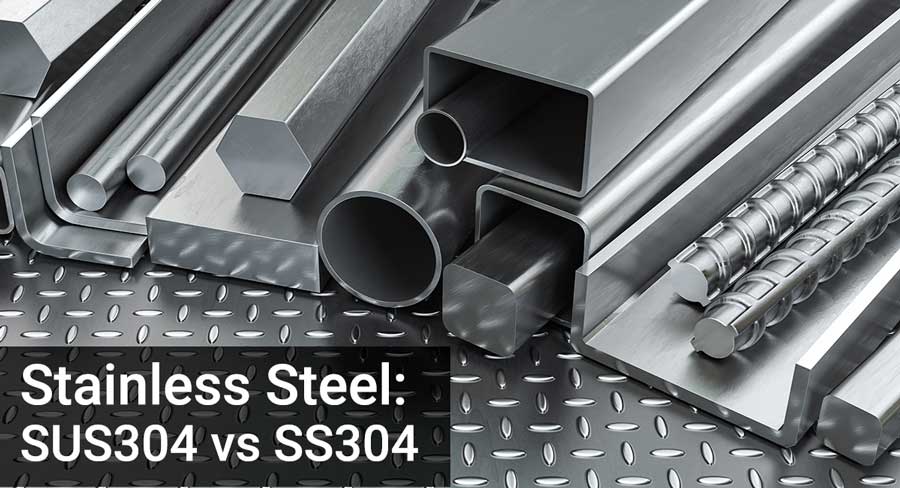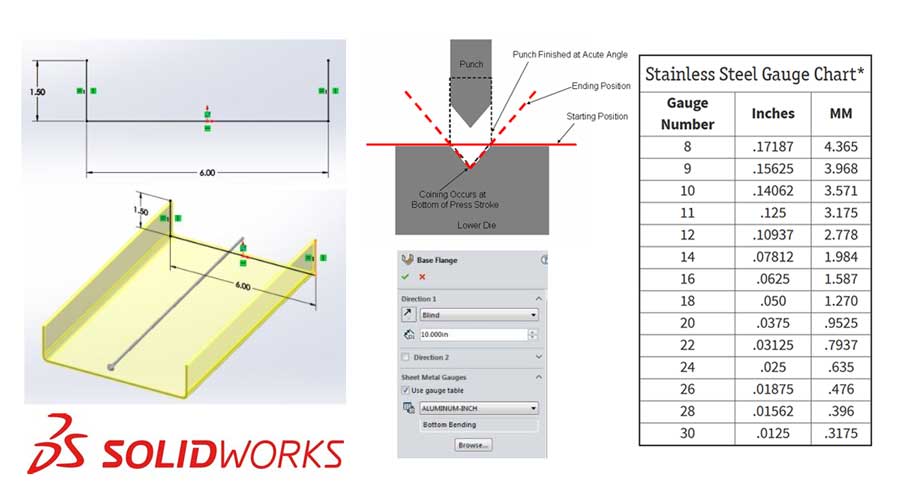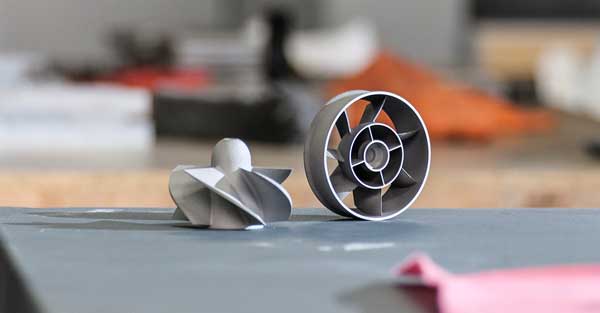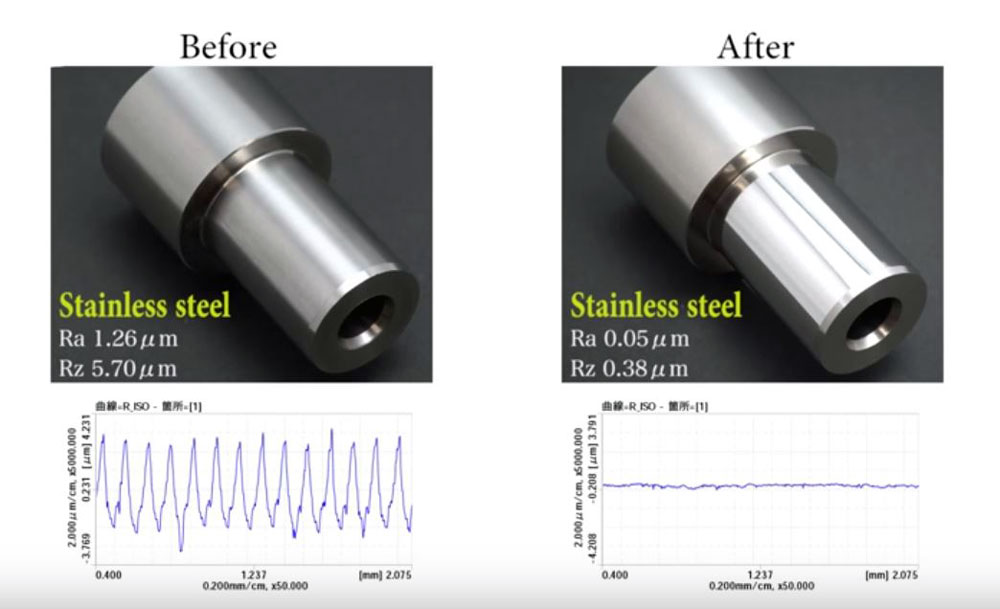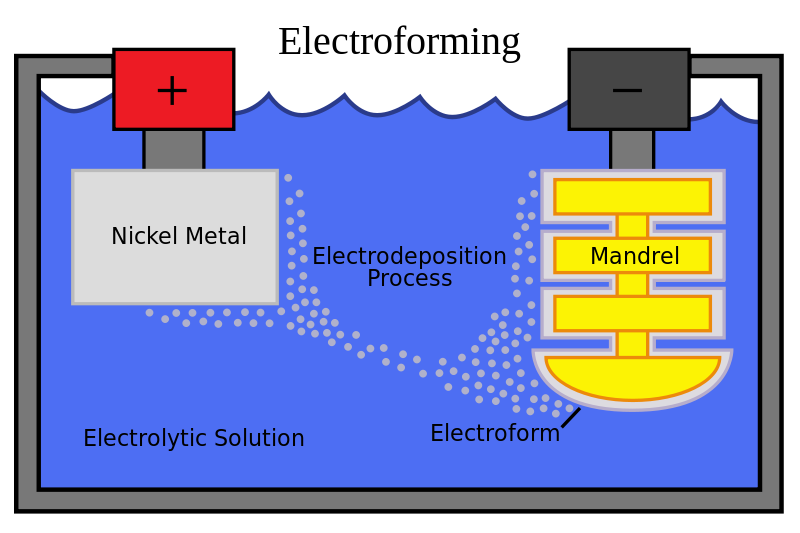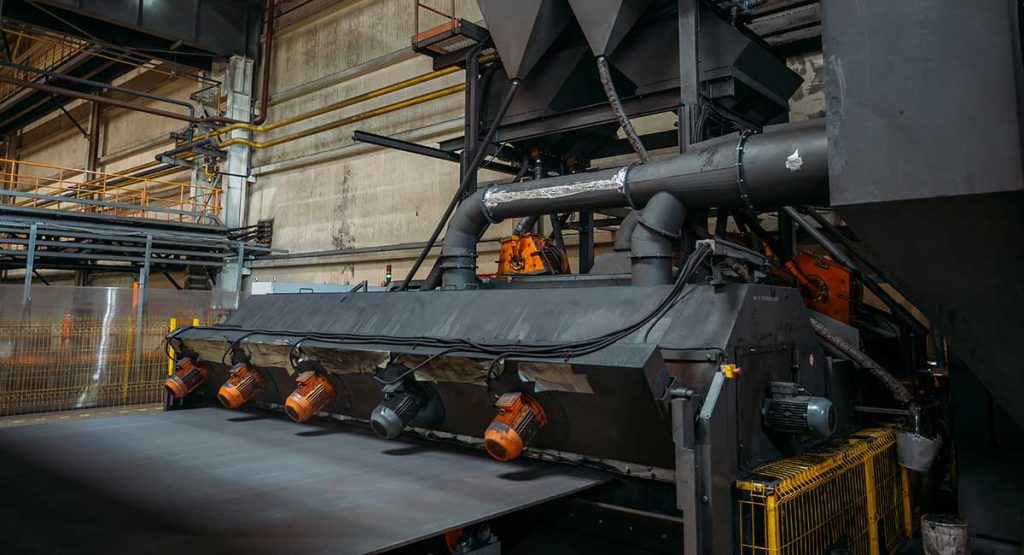Carbon Steel: The Ultimate Guide – 4 Main Types, Properties, and Applications
Carbon steel is an alloy of iron and carbon, with a carbon content of up to 2.1 wt.%. Unlike other types of steel, carbon steel does not have a minimum requirement for other alloying elements, but it often contains manganese. The maximum allowed content of other elements in carbon steel is 1.65 wt.% for […]
Carbon Steel: The Ultimate Guide – 4 Main Types, Properties, and Applications Read More »

